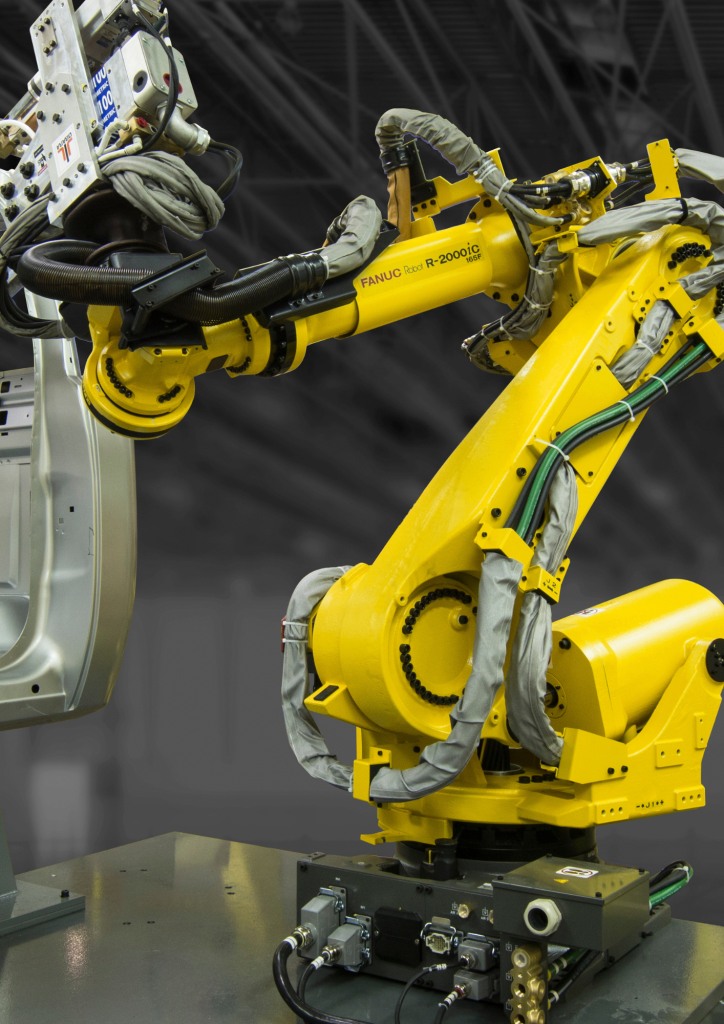The development of robotic arms has revolutionized the manufacturing process by making use of precision, safety, efficiency, and other elements that were previously unimaginable. Robots are amazing mechanical devices that have become indispensable in many industries around the world. They were invented to reduce operating costs and keep up with the highest quality standards. Integrating robotic arms into production lines allows manufacturers to not only reduce costs but also improve workplace safety and productivity. We’ll explore how these innovative machines can transform the way that industrial processes operate.
The cost-effectiveness of robotics is driving the adoption robots across the globe. Factory owners are under constant stress to prevent workplace injuries, minimize production mistakes, and reduce production waste. Robotic arms tackle these challenges head on. Unlike human workers, robot arms are able to perform repetitive tasks with pinpoint precision which eliminates costly errors and reducing the waste of raw material. For instance, in high-volume industries such as automotive manufacturing, robotic arms ensure precise welding and part positioning to ensure perfect assembly each time. This accuracy results in substantial savings because fewer defects means less time spent reworking, waste and rework.

Image credit: automatedsolutions.com.au
The safety of robotic arms is an important aspect. Numerous manufacturing tasks, like handling hazardous materials, or utilizing heavy machinery could be hazardous for humans. With the help of robot arms, businesses can remove workers from potentially dangerous environments. This reduces the risk of workplace injuries. Robot arms, created as a kinematic ring of flexible joints, mimics capabilities of a human arm but without the danger of physical injury. Equipped with programmable hand effectors, these machines are able to perform tasks that are hazardous for humans, like spinning or welding.
The flexibility of robot arms can be a game changer in many industries. Robot arms can adapt to various tasks, ranging from assembly for automobiles to electronic production. The programmability of these robot arms allows them to execute complicated tasks such as painting or applying fiberglass at a remarkable level of accuracy. Robotic arms have transformed the palletizing process in warehouses, allowing it to be automated with speed and accuracy. Automation is not just efficient but also increases reliability since robot arms can perform their work without fatigue.
Cobots are a brand new type of robots that operate in conjunction with humans. Cobots that are fitted with a robotic arm, are able to be able to interact with humans in a seamless manner, unlike industrial robots, which are normally restricted to cells. Cobots that are equipped with robotic arms can be used to complete repetitive or heavy lifting tasks in factories, which allows human workers to focus on more complicated tasks. The cobots stop or modify their movements whenever they notice a worker nearby.
The significance of robotic arms extends beyond efficiency and safety into the very foundation of modern manufacturing. They are crucial to industries that require high precision in processes such as welding, assembly or material handling. For instance, in the automotive manufacturing, a robotic arm is able of rotating and repositioning components during assembly, ensuring flawless alignment, without the intervention of humans. Similarly, in electronics, robot arms handle delicate components with care, reducing damage and improving output quality.
Robotic arms are likely to increase in importance as industries change. Since they can lower cost, enhance safety and adapt for different tasks robots are the foundations of future manufacturing. By combining cutting-edge technology with human ingenuity robot arms aren’t just tools. They are partners that drive forward the way we build our world.
